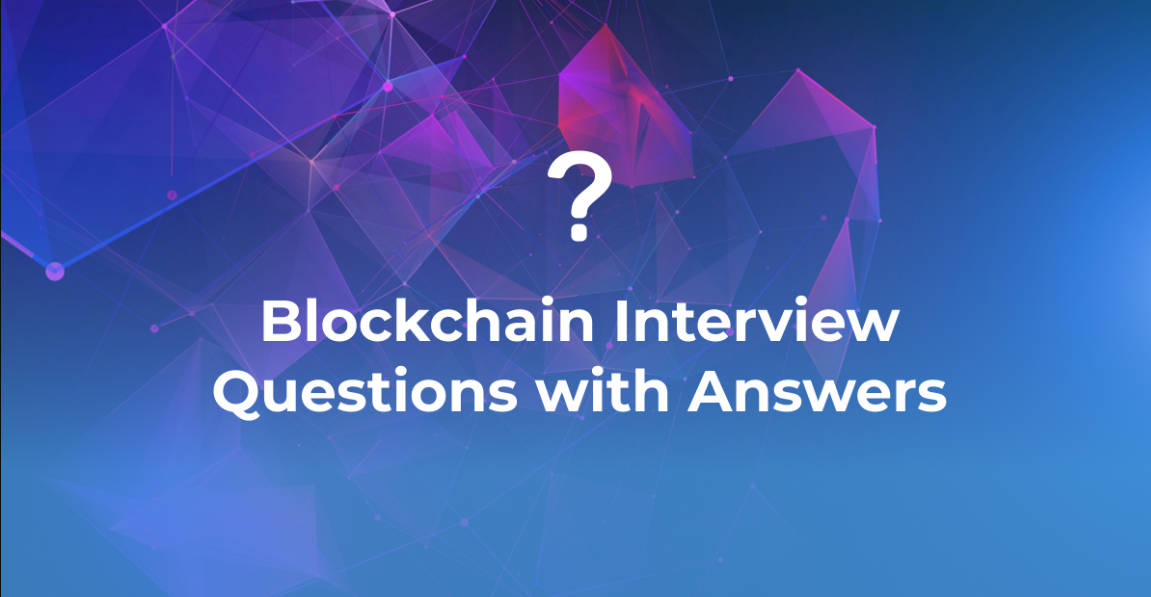Analyzing Anoma’s Intention-Driven Architecture Combining ChatGPT with Cryptocurrency Trading
Unveiling Anoma's Purpose-Driven Architecture A Synergy of ChatGPT and Cryptocurrency Trading AnalysisWritten by: Winter Soldier
Translated by: Deep Tide TechFlow
What if you could combine ChatGPT with cryptocurrency? What if we could execute transactions through simple text prompts? How would this change our behavior? What will the future look like? As I researched Anoma and their intent-based architecture, I pondered these questions over and over again.
Anoma’s vision is bold. Through the narration in this article, I hope you can understand the impact of what they are building so that you can feel the same as me after researching – if they succeed, Anoma will change the world.
- Jerome Powell Santa’s Helper in Bitcoin’s Journey beyond 35K!
- The Mercenary and the Missionaries: A Tale of Crypto
- Why Does Momentum Trading Thrive in the Cryptocurrency Jungle?
Intent vs Transaction: What’s the difference?
A transaction specifies the execution path.
For example, I go to a McDonald’s two blocks away and buy a Big Mac meal for $8, which includes fries and a Coke. This is your typical on-chain transaction:
- Specific store (DEX);
- Specific location (chain);
- Specific item (token);
- Specific price.
By specifying the execution path, you specify the counterparty and trust that it will maintain the quality and availability of what you purchased. However, both of these factors are out of your control. If the chef cooks the fries undercooked during peak hours, your fries will turn out soggy. If that McDonald’s runs out of beef patties, you won’t get your burger, wasting time and resources.
As buyers, this is not the best dynamic, but we’re used to it.
Intent, on the other hand, specifies desire.
For example, I want a burger with fries and a Coke. As buyers, we express our intentions, allowing third parties to fulfill our desires in exchange for value. You specify your requirements and fulfillment conditions, without specifying where it comes from or how to obtain it.
Think of intent as an unfinished transaction. McDonald’s can fulfill your intent. Five Guys, In-N-Out, or a corner store can also fulfill your intent. Most of us are already using intent-based applications.
Whenever you use Bananagun, Trip.com, or Uber Eats, you are leveraging an intent network, which typically provides more information and seller access, and completes transactions more effectively and efficiently.

However, the effectiveness of intent-based applications is limited by the size and structure of their networks, which brings limitations to all participants. There are some key issues between supply and demand, and I have listed some of them below:

In the context of UberEats, real-life examples of these issues include:
- Surge pricing during peak hours;
- Minimum order amount + delivery fee;
- Geographical barriers or restaurants that cannot provide service.
To quote, specific intent applications lack scalability, but intent has scalability.
This is also a perfect lead-in to…
Anoma
Anoma is a blockchain architecture, more specifically, allowing an unlimited number of users (intenders) and sellers (solvers) to join and expand the network.
The structure of Anoma can be broken down as follows:

Anoma’s intent lays the technical foundation for an ultra-efficient and decentralized economy.
When expressing intent in Anoma, you can specify transaction and fulfillment terms, and quite literally, a “market maker.” Users can customize intent to an unparalleled modular degree or even run complex algorithms as intent. Intent is shared among nodes to maximize its awareness.
When a node receives intent, it signs the information and passes it on to other nodes, who repeat the same process. When intent is realized, all nodes along the signature path are eligible for rewards, further enhancing the efficiency of the transaction matching process.
Solvers compete to match and fulfill intent to obtain rewards. Solvers’ computations are intensive and best suited for AI agents, which can be derived from communities with specific needs or built to facilitate core infrastructure. If successful, the combination of Anoma as the underlying framework, AI as Solvers, and a universally adopted intent interface will change the world.
Imagine:
- Prompting all parameters of a specified transaction through ChatGPT;
- Broadcasting it to an efficient, incentives-aligned coordinator and solver network;
- Matching intent with millions of other intents to achieve atomic transactions.
This is the promise of Anoma’s intent.

We will continue to update Blocking; if you have any questions or suggestions, please contact us!
Was this article helpful?
93 out of 132 found this helpful
Related articles
- Blockchain’s Got Game 3 Thriving Sectors Paving the Way for Growth
- GMT prices rebound or due to the upcoming new release, under the sluggish growth of old projects, FSL launches a product matrix strategy.
- Canto’s RWA and DeFi Integration What are the New Profit Opportunities with USYC’s Backing from a Well-Established Trading Company?
- DYDX Valuation Report Unlocking Panic and Data Truth
- Web3 Legal Guide What are the legal risks of investing in overseas mining farms?
- How does RepubliK unlock the potential of creators through Web3, completing the seed round valuation at $75 million?
- L2 New Narrative? Understanding Ethereum Inscriptions in One Article





